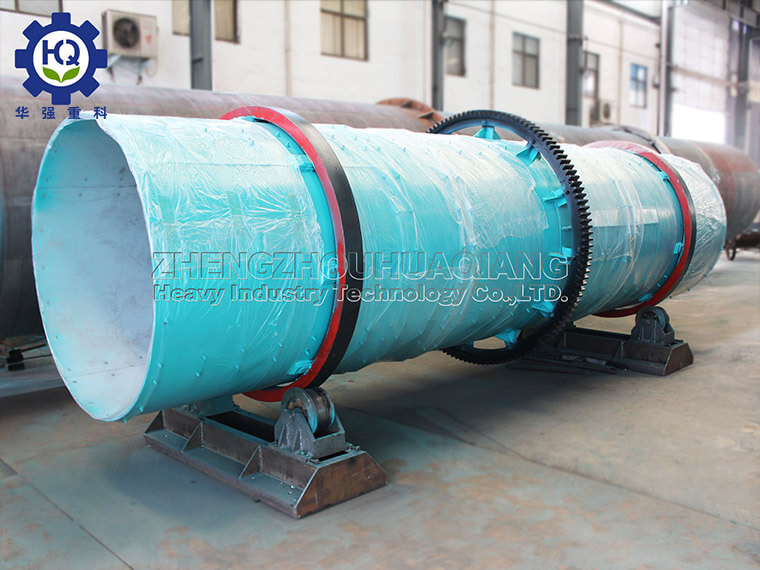How to improve the granulation effect of NPK fertilizer production line in processing fertilizers
Improving the granulation effect in NPK fertilizer production lines to obtain higher quality granular fertilizers can be achieved through multiple aspects. Here are some effective strategies:.jpg)
1. Control the quality of raw materials
Selected raw materials: Choose materials with stable quality and high purity to avoid impurities affecting the granulation effect.
Proper crushing: Maintain a moderate particle size of the raw materials, neither too fine nor too coarse, which is conducive to uniform mixing and granulation.
2. Optimize granulation process
Accurate ingredients: Accurately measure the proportions of N, P, K, and other trace elements according to the formula to ensure a balanced fertilizer.
Uniform mixing: Efficient mixing equipment is used to ensure that the raw materials are thoroughly mixed without any layering.
3. Improve the performance of granulation equipment
Choose the appropriate fertilizer granulator: Select disc granulator, drum granulator, extrusion granulator, etc. according to different needs, considering production capacity, particle requirements, and raw material characteristics.
Fine tune parameters such as speed, water intake, heating temperature, ventilation rate, etc. to achieve the best granulation state.
4. Strengthen the application of granulation additives
Adhesive: Moderate addition of starch, cellulose, polyacrylamide, etc. to improve particle strength and stability.
Wetting agent: Ensure appropriate moisture to promote particle formation without causing excessive moisture.
5. Improve the drying and cooling process
Optimize drying curve: Control drying temperature and time to prevent particle cracking caused by excessive drying or storage affected by excessive humidity.
Uniform cooling: Suitable cooling methods such as forced air cooling or natural air cooling are used to ensure a small temperature difference between the inside and outside of the particles and avoid stress concentration.
6. Strengthen post-processing
Screening and grading: Use a vibrating screen to remove non-conforming particles and ensure consistency in finished product specifications.
Coating treatment: optional step, use wax or polymer to coat particles, increase glossiness, moisture-proof and anti-corrosion.
7. Implement Total Quality Management
Online detection: Introducing advanced detection equipment to monitor product quality indicators in real-time and adjust process parameters in a timely manner.
Training and standardization: Strengthen operator skill training and strictly implement standardized operating procedures.
8. Innovation and improvement
R&D investment: Continuously focus on new technologies, such as microencapsulation technology, to enhance product added value.
Market research: Understanding farmers’ needs, developing differentiated products, and improving market competitiveness.
In summary, improving the granulation efficiency of NPK fertilizer production lines is not achieved overnight, but requires systematic management and multi-faceted efforts. Through meticulous technical adjustments and continuous optimization, the quality of fertilizers can be significantly improved, thereby enhancing the competitive advantage of enterprises in the market.
.jpg)


.jpg)
.jpg)

.jpg)

.jpg)